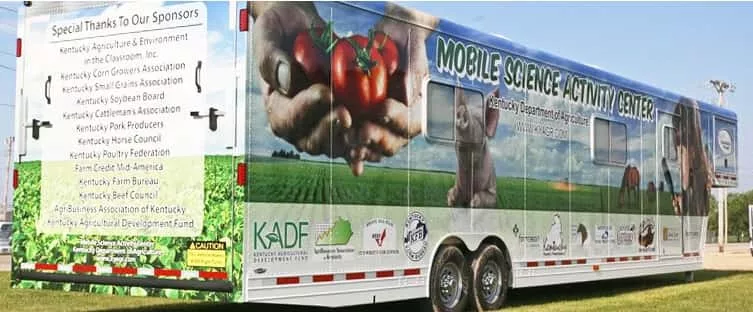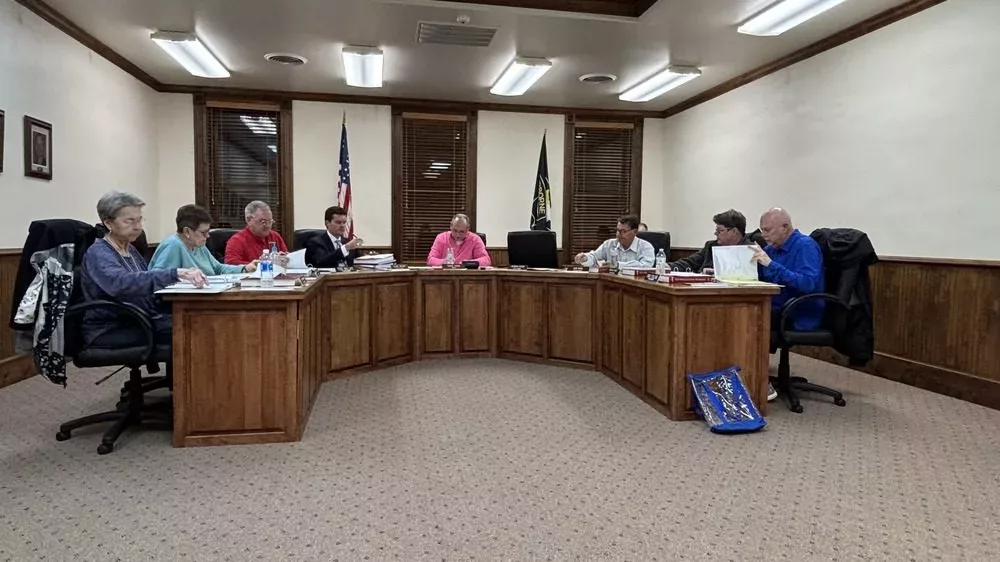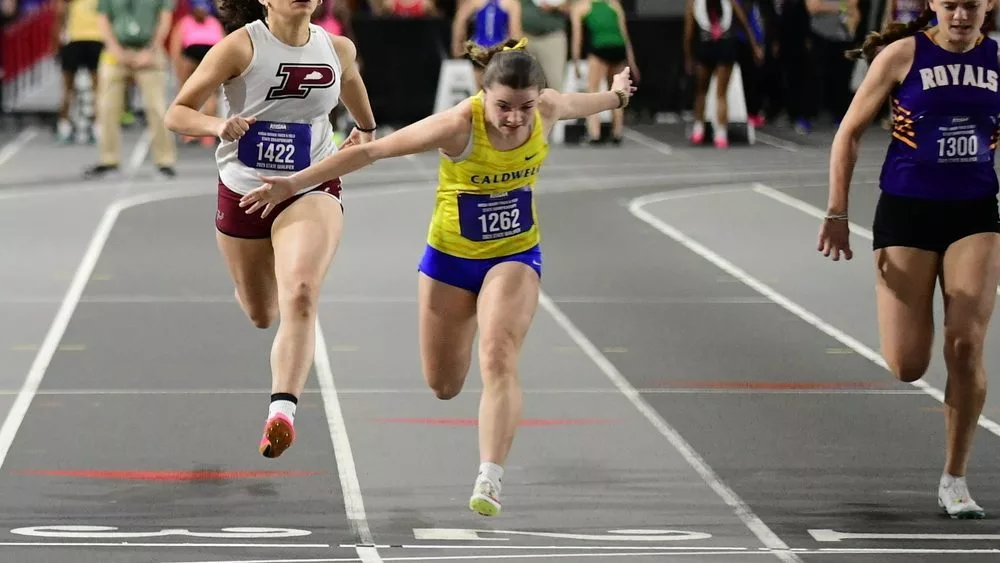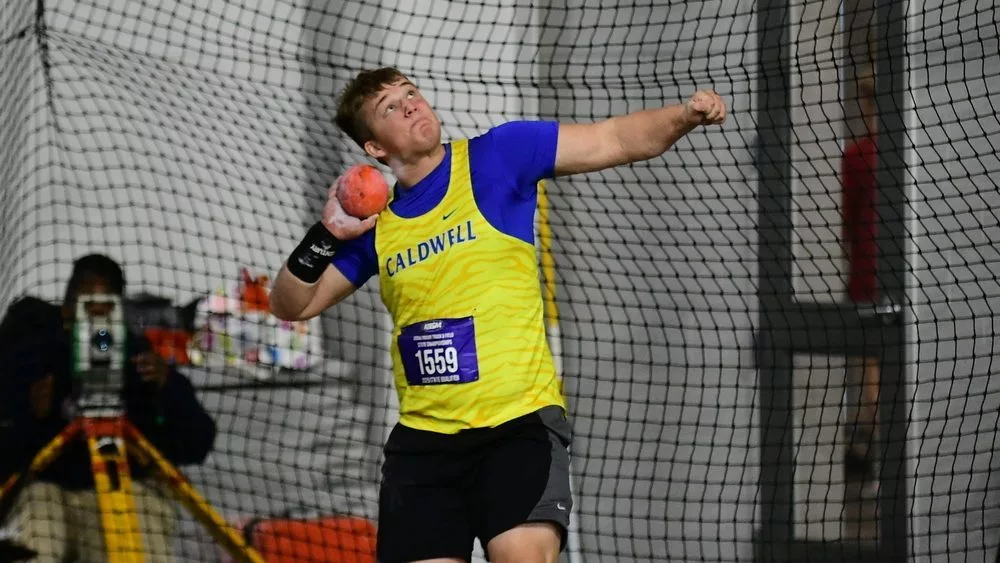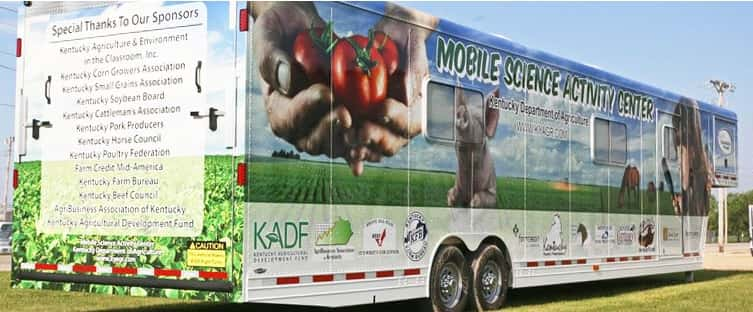
While last week’s release of the Kentucky Summative Assessments brought about a plethora of good news for schools in the News Edge listening area, one major concern should be on the minds of educators and administrators alike.
The Commonwealth, as a whole, doesn’t possess a high aptitude for science.
This isn’t an indictment of any singular student who qualifies for advanced options in scientific subjects heading into their post-secondary careers, of which Kentucky always has a handful.
Tested in these concepts at fourth, seventh and 11th grades, however, KSA reported that elementary school science students went from 6% distinguished to 7% for the 2022 to 2023 school years, middle school science students went from 2% to 1%, and high school science students went from 1% to 0%.
Furthermore, aggregate ACT science scores have continued their decline in Kentucky over the last five years — down from 19.6 in 2019, to 18.8 in 2023.
Some of this can certainly be attributed to class and lab experiences missed during the COVID-19 pandemic. However, data indicates movement in the wrong direction began for Kentucky’s students before health mandates and virtual learning.
So the real question is this: Why?
A former instructional specialist for the Kentucky Department of Education, Christian County Public Schools Superintendent Jessica Addison said this requires a multi-faceted answer.
At the forefront comes KDE’s shift within the last decade from rote science learning to applied science learning. Teachers, she said, have spent years teaching things like photosynthesis, the water cycle, renewable energy, climatology, parts of the body and more.
What happens, though, when students have to use a toolbox of memorized facts, and use them in reading prompts, tables and charts? Testing mechanisms have changed, and it’s this shift, Addison noted, that’s proved difficult.
Addison also noted that most of the science assessment, at all levels, has moved from pencil-and-paper to computer-based — and often involves interactive scientific models and “high-level” hypotheses and conventions to test.
Straightforward questions don’t appear as often, either, and multiple-answer queries also aren’t uncommon.
CCPS District Assessment Coordinator Zachary Hibbs, along with Addison, added that many schools across the state don’t have the means necessary to recreate this type of testing crucible in the classroom.
However, this is already improving in Hopkinsville — and beyond.
Another potential reason for the decline, she indicated: the teachers pool itself. Who better to educate children in applied sciences than those who have made use of it for a career? In a perfect world, scientists, lab techs, medical practitioners, geologists and other learned scholars would want to bring their expertise back to a younger generation.
If the pay scale isn’t competitive, though, Addison said the decision is simple.
According to indeed.com, a general research scientist in Kentucky makes more than $59,000 annually. Teachers, meanwhile, can average between $46,000 and $67,000 — depending on incentives, years of service, educational training and more.
Student attendance, in general, could also be a factor — and not just in science scores.
During the 2022-23 academic year, more than 198,000 Kentucky students, or roughly 30%, qualified as “chronically absent.”
In the 2018-2019 school year, more than 119,000 students were considered “chronically absent,” which accounted for just under 18%.


